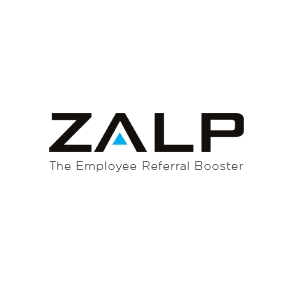5 Things To Strictly Avoid For A Successful Employee Referral Program

The fact that employee referral programs can help solve the talent needs of any organization is a given. The more complex argument relates to how they should be implemented to make them effective. There is a no one size fits all approach when it comes to employee referral programs and organizations with successful referral programs like Accenture, Deloitte etc. have experimented with different approaches customized to their needs.
While all of these organizations havegone about implementing the referral program in their own unique way, they do have a few things in common. The commonality in their employee referral programs has to do more with the pitfalls that they have successfully avoided while implementing the referral program. It is because of these errors or pitfalls that so many referral programs fail to succeed. The ones that do succeed go on to become the pillar stones of the talent acquisition strategy of the company. Dr. Sullivan, one of the pioneering thought leaders in the field of referral program design has done extensive research on what are some of the key pitfalls to avoid while implementing an employee referral program.
Here are the 5 most critical aspects to avoid while designing and rolling out an employee referral program:
Responsiveness of a referral program is one of the most critical determinants of its success. This means that if employees do not receive feedback or update on a referral submitted by them within 24-48 hours, there is very little possibility of receiving any future referrals from them leading to slow death of the program due to non-participation. It is important to ensure that the referral program provides feedback and status updates to employees in a timely manner either through an automated system like Zalp or manually through recruiters.
Having a reward and recognition mechanism that does not excite and motivate anyone to participate is another sure shot referral program killer. Ensure that the reward for successful referral is exciting and there are small rewards as well for other participating employees to keep them interested and involved.
Also delaying reward payment even when the referred candidate has been successfully hired reflects poorly on the company and employees are likely to lose faith in the program. Ensure that the payments are made as per timelines and well communicated so that everyone knows about the reward scheme.
In today’s world, a referral program which is not accessible on your personal device is bound to fail. With smart phones increasing in usage and popularity and an increasingly mobile workforce, organizations need to have their referral platform configured for mobile to ensure employees are able to participate in the program. Social integration is also essential to make it easy for employees to share jobs online and refer candidates on the go.
Lastly, no referral program is likely to succeed if referrals from employees are not given priority in the recruiting process. This means that referral candidates should be given preference during scheduling interviews and fast tracked through the process as they come from a reliable source and are more likely to succeed on the job.
As the hunt for talent becomes more and more competitive, it is indeed worthwhile for organizations to invest time and effort in going through some successful and failed referral programs and ensuring that the program avoids the pitfalls that have brought down other programs.
Get free access to employee referral whitepapers and webinars to stay updated on recent trends on employee referrals. To find more on employee referrals, visit zalp.com/employeereferralresources
